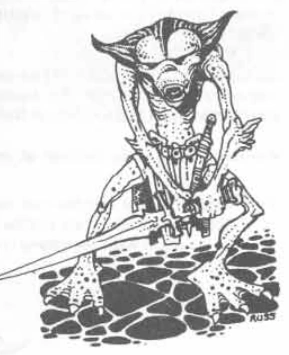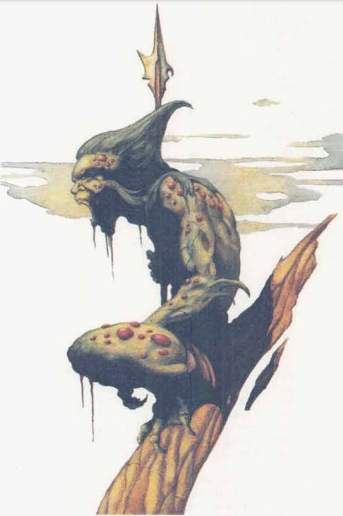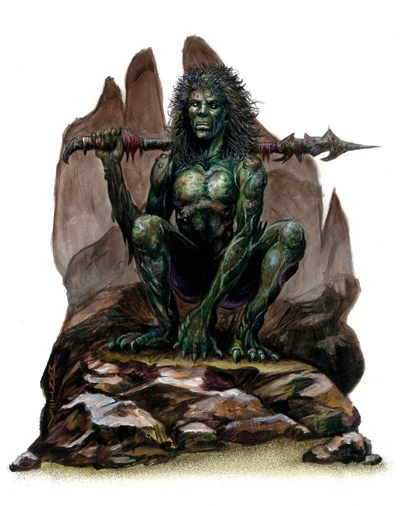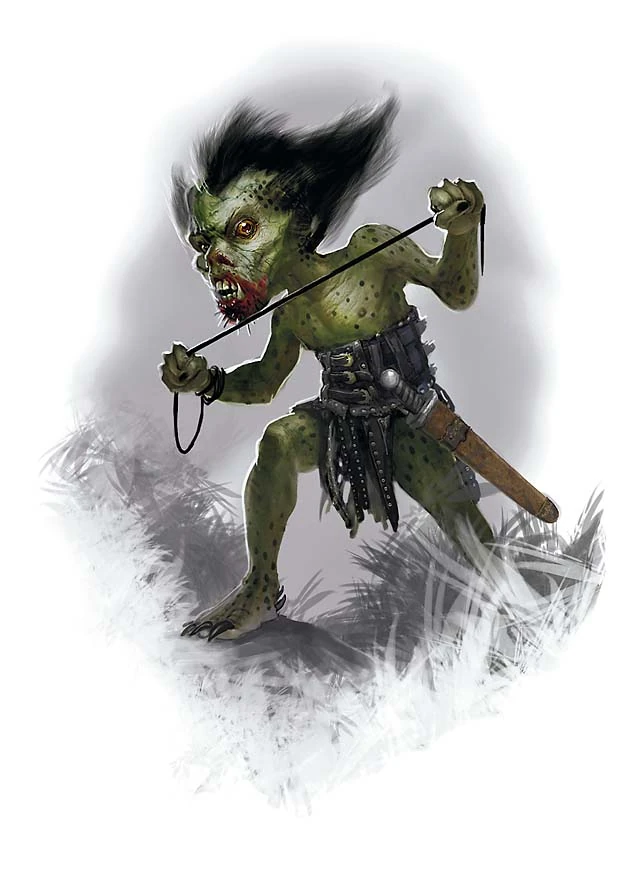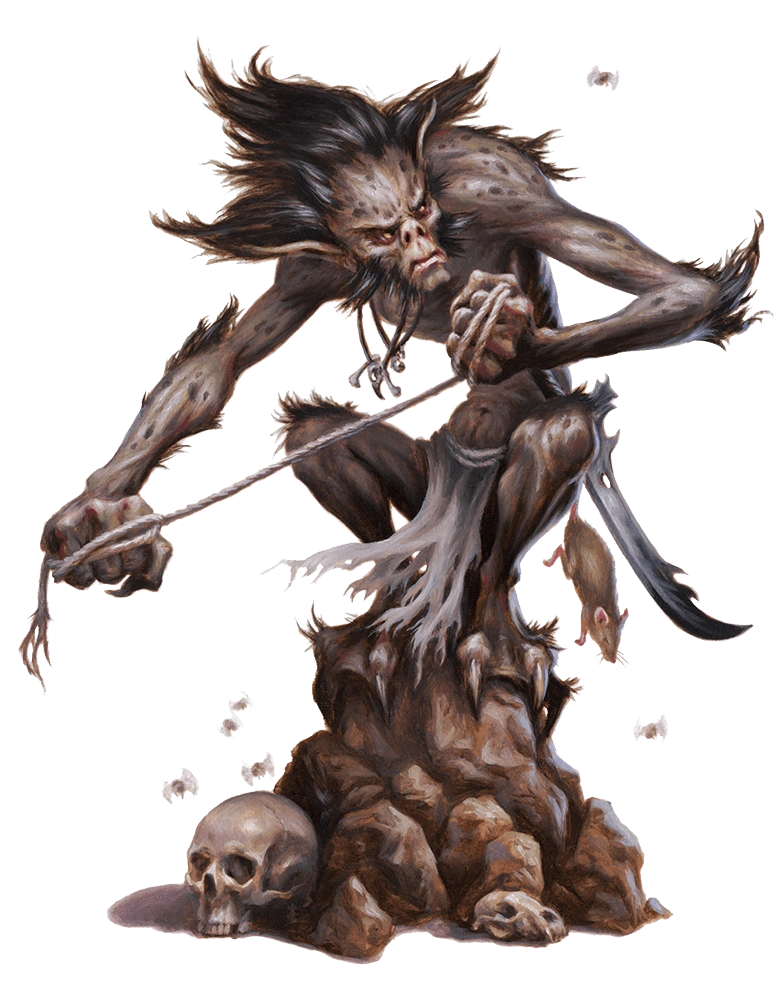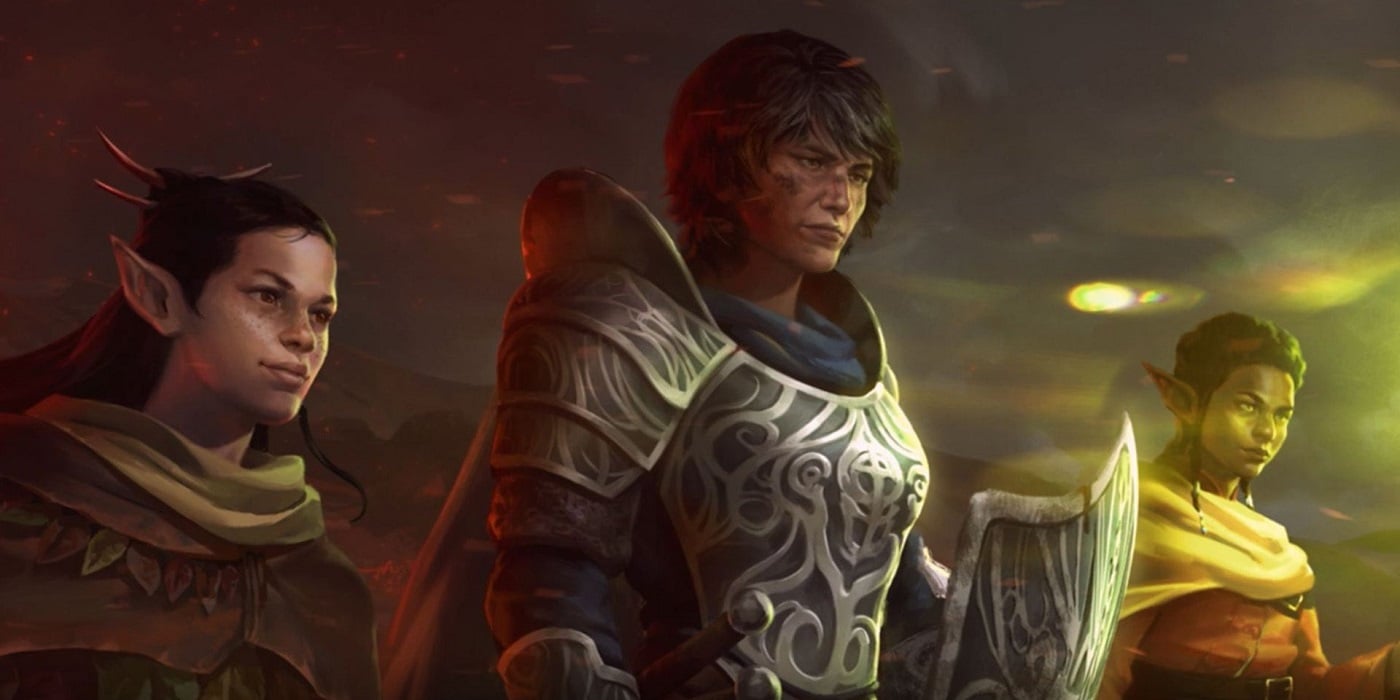D&D Monster Spotlight: Meazels are Mean, Malevolent, & Murderous
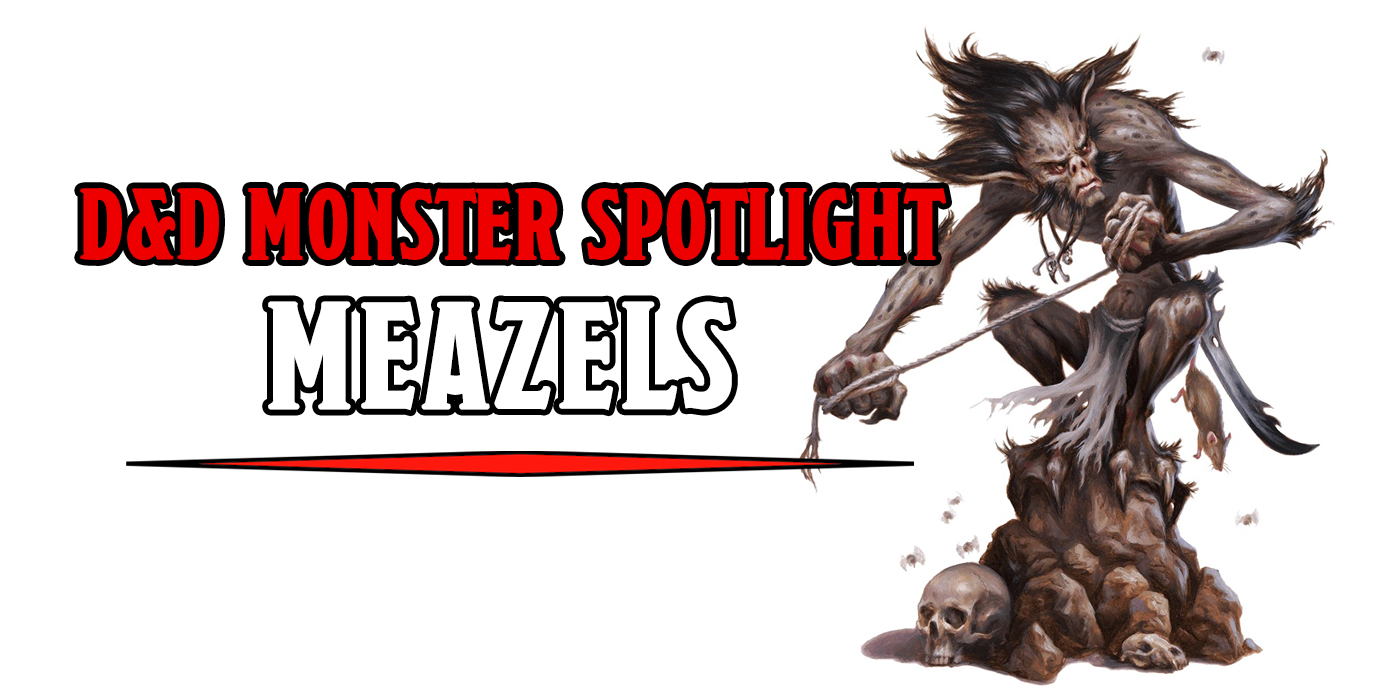
Whether cursed (and cursing) with shadow or endless sickness, the Meazels are some of D&D’s most miserable creatures to encounter.
Mean, malevolent, and murderous, Meazels are the classic sort of “bad news” D&D monster that’s just capital-B-Bad to run into. Some creatures have a redeeming quality, or can be reasoned with or bribed. But a Meaezel is pretty much interested in killing you and then feeling bad for themselves. They don’t sound fun, but I’m sure we’re all feeling a bit more motivated to make quick work of our next encounter with one of them.
First Edition
Meazels are roughly man-sized creatures who move quietly, swiftly, and have a knack for thieving even if they don’t attack you outright. But luckily, you probably won’t encounter one unless you enter their lair. Meazels don’t like leaving their lairs often. And on the off chance that they do, they will bring a kill back to their lair to eat instead of risking being found again out in the wild. They are the natural enemies of Orcs and Kobolds, but most underworld creatures are more than happy to attack a Meazel. They have a reputation for being especially nasty everywhere they are.
Second Edition
Waxy hair, jet balck eyes, and patches of angry, red skin disease make the Meazels look about as pleasant to be around as they act. These creatures will prey upon any subterranean dweller or anybody foolish enough to venture below ground. And when they do attack, it is usually using the element of surprise and their clawed hands. They are fans of tools though, and sill sometimes take down an enemy by choking them to death with a cord. Which feels a little too dark for most D&D campaigns.
Third Edition
Meazels are smaller than the average human, usually standing between four and five feet tall. But this might just make them better at sneaking silently through their underground homes and taking they prey by surprise. Once caught, they can transmit their skin disease onto their enemy with a successful claw attack. Though the Meazel suffers no illeffects from their own diseases, but the inflicted adventurers can see some serious injury. After 1d6 days of incubation, they will lose 1d2 points of Dexterity and Constitution possibly drained permanently.
Fourth Edition
Meazels came about when victims of a plague wreaked human city unknowingly struck a deal with Baalzebul, duke of Maladomini, the seventh hell. They didn’t die of their illness, but were instead stricken permanently with sores and an endless hunger which could only be nourished by the flesh of sentient humanoids. They rarely ally with any other creatures, preferring instead to simply eat them. But even if they did attempt to find allies, most creatures are repulsed by Meazels. On rare occasions, a group will ignore their hunger and attempt to rid themselves of their curse.
Fifth Edition
No more just able to sneak around in the darks. Meazels can now use “Shadow Telleport,” grappling any creature in dim light or darkness within 500 feet. Any creatures teleported to becomes cursed by shadow for one hour. They are also less sickly now, instead shadow-cursed creatures who are eternally alone and resentful for it.
Have you encountered a Meazel in your D&D adventures? Did they curse or disease you? How did your party come out of that encounter? Let us know in the comments!
Happy Adventuring!

